Roof Algae | Understanding and Preventing It
Roof algae is a type of microorganism that grows on rooftops, particularly those made of asphalt shingles. It is a living organism that thrives in warm and humid environments. Roof algae is typically green or black in color, and it often appears as dark streaks or patches on the roof surface.
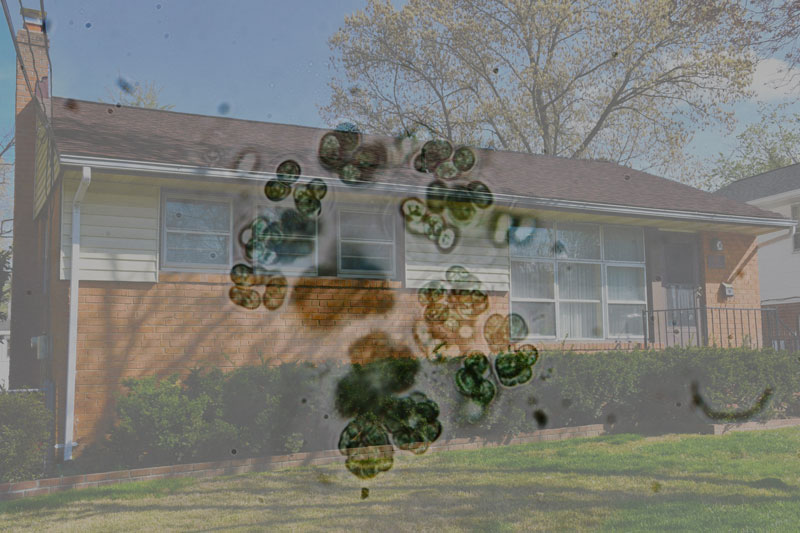
Gleocapsa Magma
Different Types of Roof Algae
There are two main types of roof algae that homeowners may encounter:
- Gloeocapsa Magma: This is the most common type of algae. It typically appears as dark streaks on the roof and can spread quickly if left untreated. Gloeocapsa Magma is most commonly found in warm and humid climates.
- Cyanobacteria: This type of algae is less common than Gloeocapsa Magma, but it can still cause damage to the roof if left untreated. Cyanobacteria typically appears as green or blue-green streaks on the roof surface.
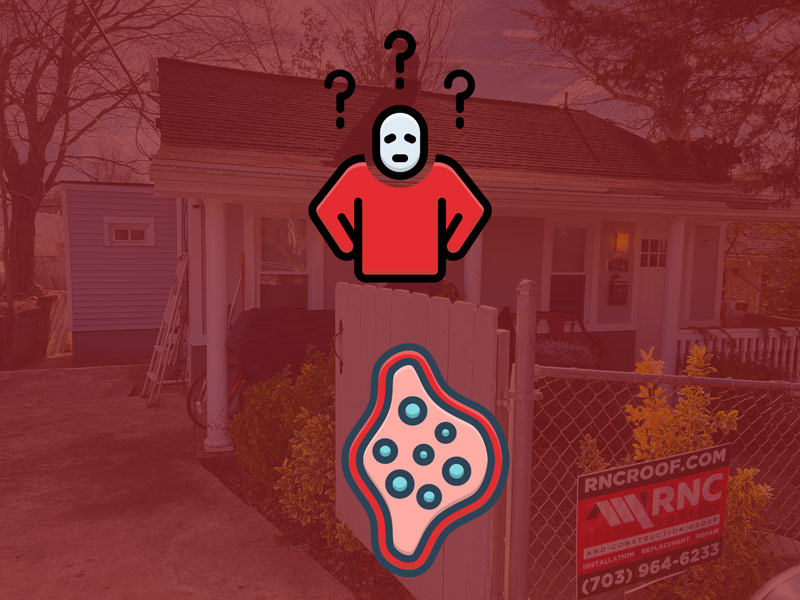
Why Roof Algae is a Problem?
While it may seem like a cosmetic issue, it can actually cause damage to your roof if left untreated. Algae growth on your roof can lead to the following problems:
- Reduced lifespan of your roof: Algae growth can cause premature aging of your roof, reducing its lifespan and requiring premature replacement.
- Damage to shingles: Algae can eat away at the limestone in asphalt shingles, causing them to become brittle and more prone to cracking and breaking.
- Higher energy bills: Algae growth can cause your roof to absorb more heat from the sun, which can increase your energy bills as your air conditioning system works harder to cool your home.
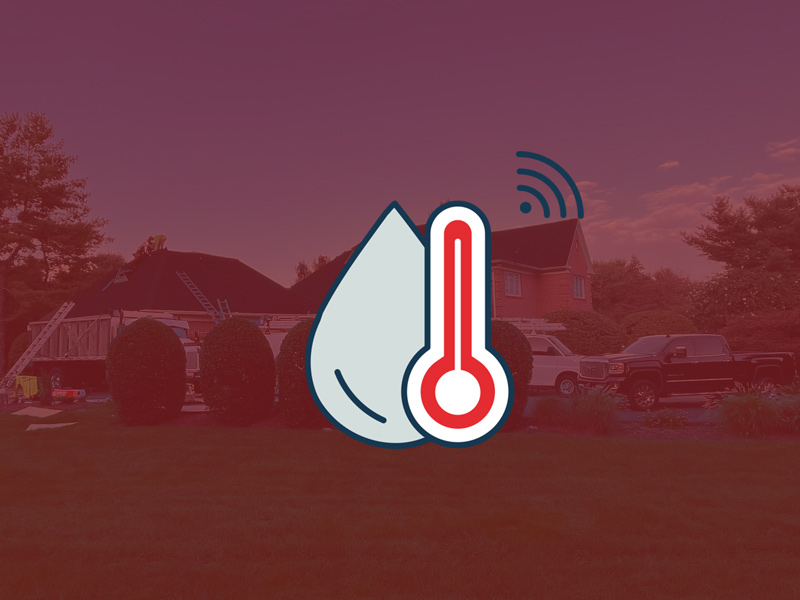
Causes of Algae
Roof algae growth can be attributed to a number of factors, including:
- Climate and Weather Patterns
Regions with high humidity and rainfall are more susceptible to algae growth. The damp environment creates the perfect breeding ground for algae to thrive.
- Lack of Sunlight
Areas of the roof that receive little to no sunlight throughout the day are also more prone to algae growth. Algae require sunlight to survive, so shaded areas of the roof are more likely to harbor algae growth.
- Poor Ventilation
Roof ventilation plays a critical role in preventing the growth of roof algae. Poor ventilation traps moisture and heat in the roof, creating a moist environment that is conducive to algae growth.
- Improper Roof Maintenance
Neglecting your roof’s maintenance can contribute to the growth of roof algae. Over time, debris can accumulate on the roof and create a breeding ground for algae. Regular maintenance such as cleaning and debris removal can help prevent algae growth.
- Nearby Trees and Foliage
Trees and foliage near your roof can drop leaves and other debris onto your roof. This debris can trap moisture and create a breeding ground for algae.
- Moisture Accumulation
Any source of moisture on the roof can contribute to algae growth. This includes clogged gutters, leaky roofing materials, or any other source of water on the roof. It’s important to promptly address any moisture issues on the roof to prevent algae growth.
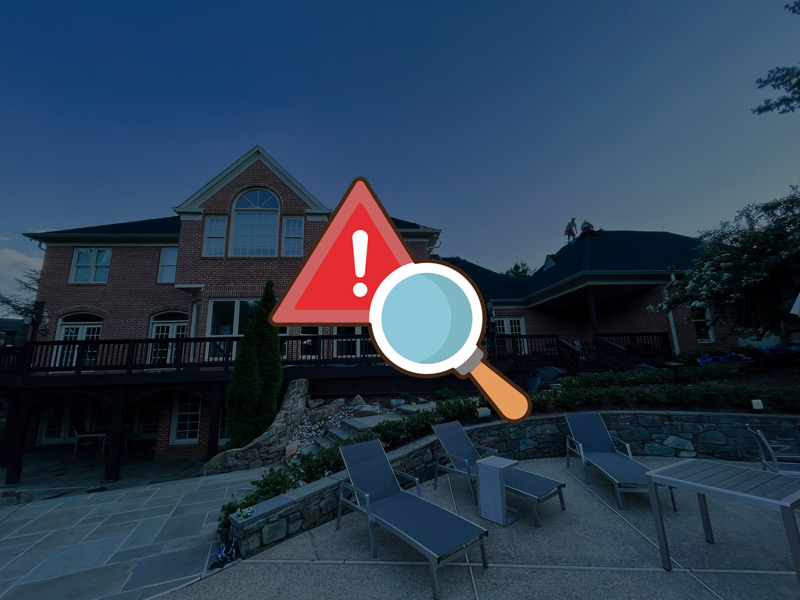
Identifying Roof Algae
Algae can be difficult to identify, especially in its early stages. However, it is important to be able to recognize it so that you can take steps to remove it before it causes any damage to your roof. Here are some ways to identify roof algae:
- Physical Characteristics of Algae
It typically appears as dark, black streaks or stains on your roof. It can also have a greenish or brownish tint. The algae growth can spread quickly and cover large portions of your roof if left untreated. In some cases, the algae can also create a rough or bumpy texture on the surface of your roof.
- Signs of Roof Algae Growth
One of the most common signs of algae growth is the presence of dark streaks or stains on your roof. If you notice these streaks or stains, especially on the north-facing side of your roof or in areas that receive little to no sunlight, it is likely that you have roof algae. Another sign of growth is the presence of moss or lichen on your roof, which often grows in conjunction with algae.
- How to Confirm the Presence of Roof Algae
To confirm the presence of roof algae, you can perform a simple test. Mix a solution of 50% water and 50% bleach, and apply it to a small area of your roof where you suspect algae growth. Wait for a few minutes and then rinse the area with water. If the black stains disappear, it is likely that you have roof algae. However, it is important to note that bleach can be harmful to your roof and should only be used in small amounts and with caution. It is recommended to consult a professional to confirm the presence of algae and to determine the best course of action for removal
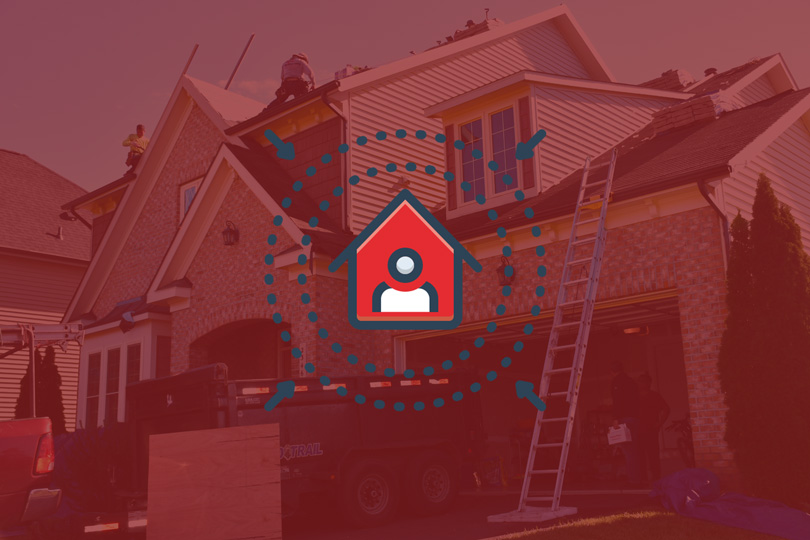
Preventing Roof Algae Growth
As we have already discussed, prevention is the key to keeping your roof free from algae growth. Here are some preventive measures that you can take:
- Proper Roof Maintenance: Regular roof maintenance is crucial in preventing the growth of roof algae. Ensure that your roof is free from debris, such as leaves and twigs, that can trap moisture and provide a breeding ground for algae.
- Regular Cleaning: Regular cleaning of your roof can also help prevent the growth of algae. Clean your roof at least once a year to remove any dirt or debris that has accumulated.
- Trim Nearby Trees and Foliage: Trees and foliage that are too close to your roof can provide shade and trap moisture, creating an environment where algae can thrive. Trim back trees and foliage to allow sunlight and air to reach your roof.
- Install Zinc or Copper Strips: Zinc and copper strips installed at the ridge of your roof can help prevent the growth of algae by releasing ions that are toxic to algae.
- Professional Treatment: If your roof has already been affected by algae, professional treatment may be necessary. A professional roofing contractor can treat your roof with the right cleaning solution and take preventive measures to keep the algae from coming back. Schedule a inspection with us today!
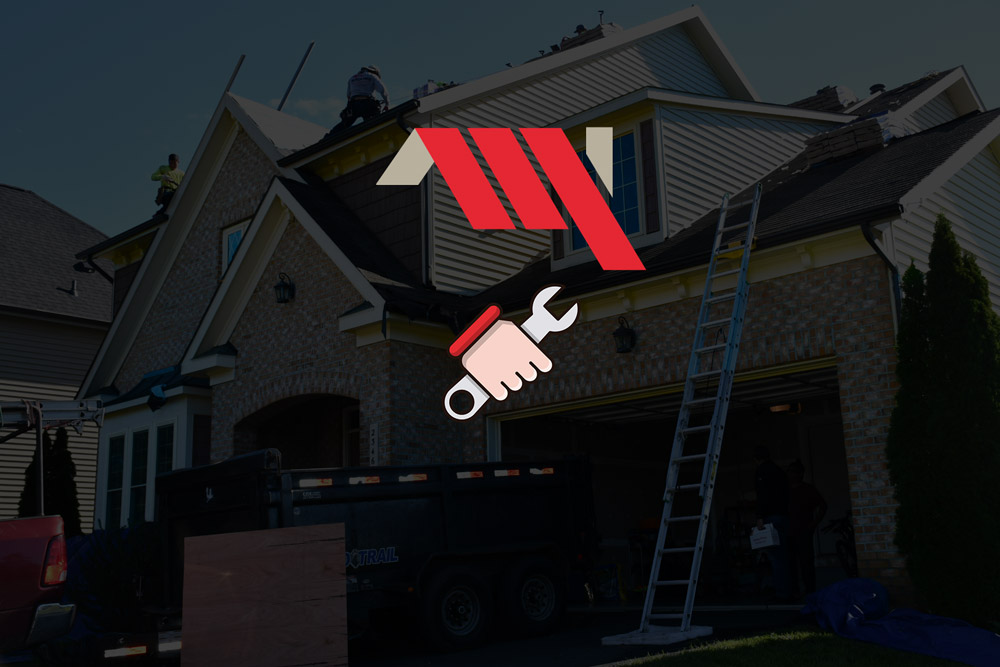
Professional Roof Algae Services
While it’s possible to clean your roof yourself, sometimes it’s better to hire a professional. Here are some factors to consider when deciding whether to hire a professional roof cleaning service:
- When to Hire a Professional
If you have a particularly large or steep roof, it may be safer and more efficient to hire a professional rather than attempting to clean it yourself. Additionally, if you have a severe case of roof algae or other types of growth, a professional may be better equipped to handle the job.
- Pros and Cons of Professional Algae Cleaning
One of the advantages of hiring a professional is that they have the proper equipment and experience to safely and effectively clean your roof. They can also help identify any other issues with your roof that may need attention, such as damaged shingles or leaks. However, professional roof cleaning services can be expensive, and not all companies are trustworthy or reputable.
- Choosing the Right Service Provider
Before hiring a professional roof cleaning service, it’s important to do your research. Look for a company that has experience and positive reviews from previous customers. Ask for references and proof of insurance. Additionally, make sure the company uses environmentally friendly cleaning solutions that won’t harm your roof or the surrounding vegetation.
View More of Our Articles!
Please Share!











